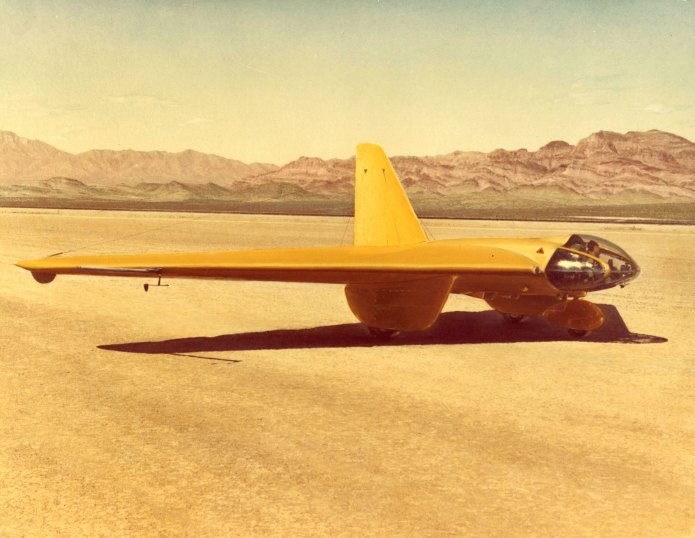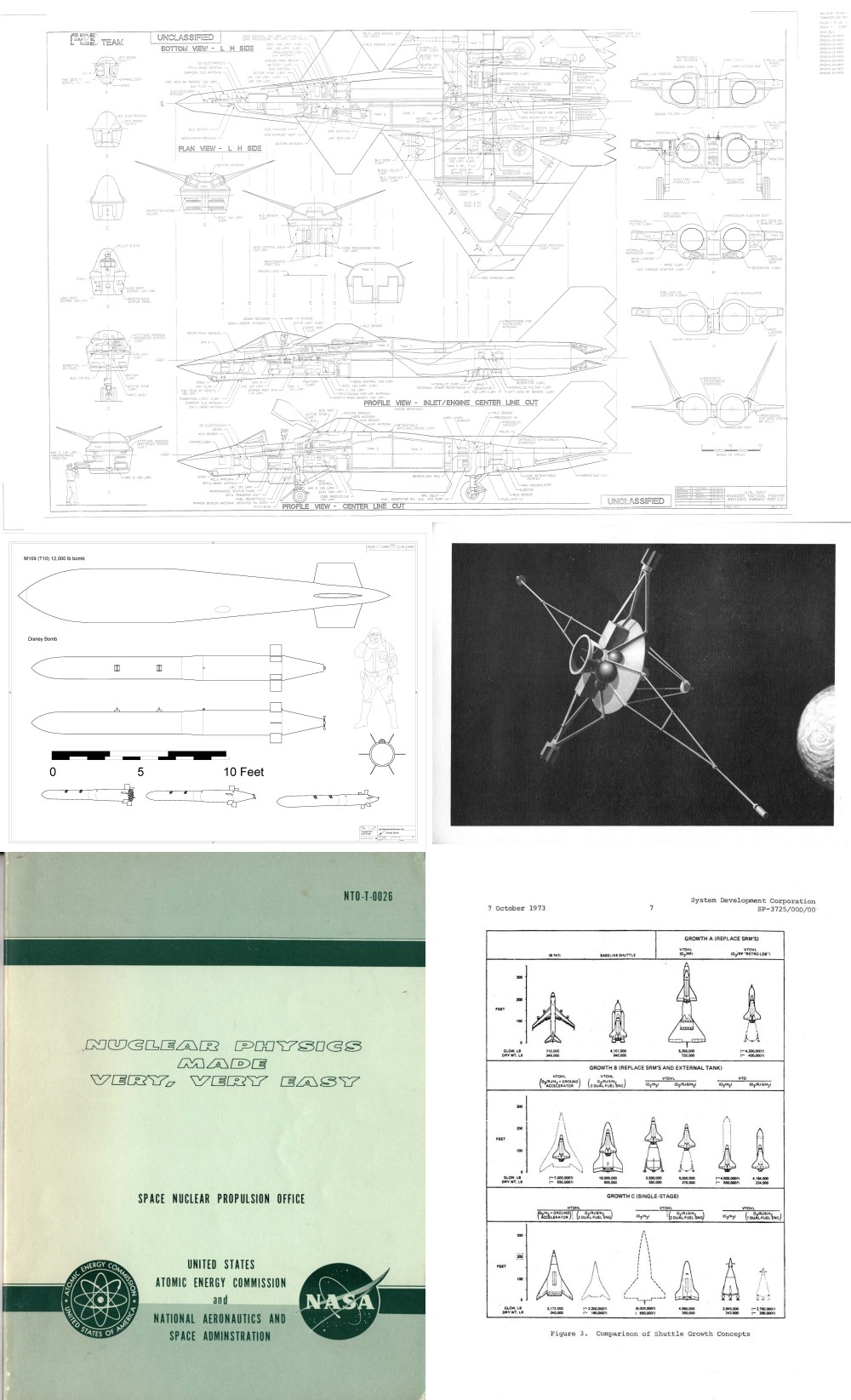The James Webb Space Telescohas successfully launched
There will be no Hubble-like servicing of this when things go wrong. Much of that is due to the fact that it is being launched towards the Earth-Sun L2 LaGrange point, about 1.5 million kilometers away from Earth (further out from the sun). NASA currently has no manned spacecraft that can reach L2. Eventually such spacecraft will become available… modified Dragon capsules, Starship or even the laughably over budget and behind schedule Orion and Starliner capsules should be able to get there. But even when such spacecraft become available, Webb wasn’t designed to be maintained, so when a part breaks and needs replacement it likely won’t actually be replacable. Consequently, much of the mission risk for Webb remains even though the launch was successful.
It will take about a month to reach the L2 point. While l2 is a stable position, it will still require perhaps 4 meters per second of station keeping per year. Total delta V budget is 150 meter per second, so if all goes well lifespan could still be as short as 37.5 years. Development began in 1996, with an initially planed launch of 2007, so it took a quarter century to actually design, build and launch; any conceivable improvement/replacement using the same bureaucracy could *easily* take far longer than Webb’s actual lifespan. There is cause to hope that if Starship is successful that the whole paradigm that resulted in Webb taking 14 or so extra years could be replaced by a much more rational world of spacecraft development. If it really does become possible to launch large and heavy spacecraft quickly and orders of magnitude more cheaply, then it will be possible to design and build spacecraft more capable than Webb, much cheaper than Webb, because they won’t need to shave off every last milligram like Webb.



